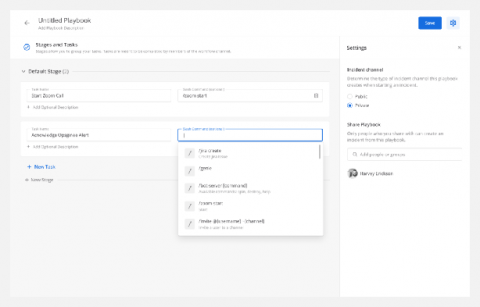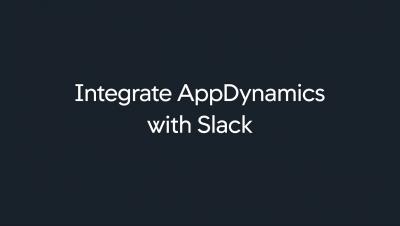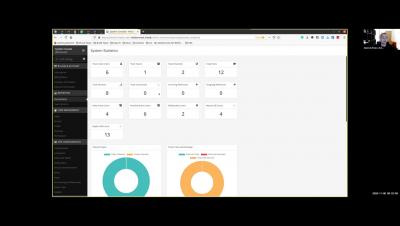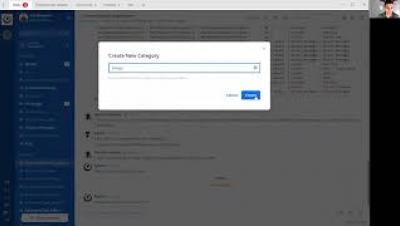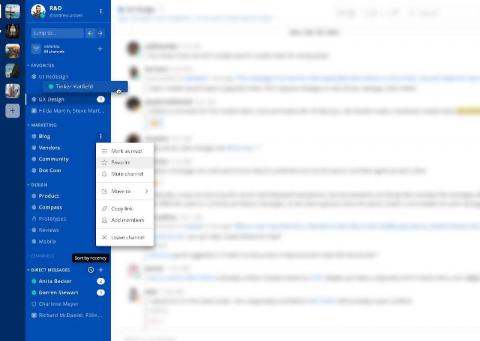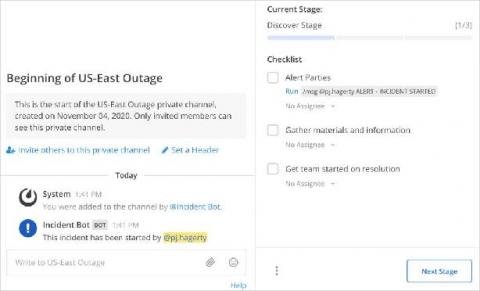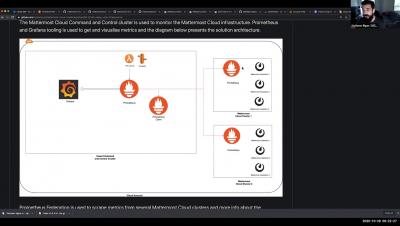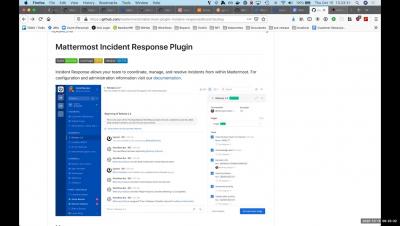Mattermost release v5.29 is now available: Incident Management, Mattermost Cloud & more
Mattermost release v5.29 is generally available today. In addition to offering bug fixes for increased stability, the new quality release features the general availability of a pre-installed incident management application, channel moderation settings, and Mattermost Omnibus.


